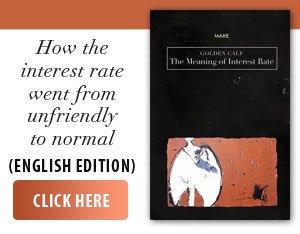Europe is praised around the world for offering free or almost free university education. In many countries, students pay only a modest administrative fee, sometimes less than 500 euros per year. According to a ZeroHedge analysis, the free university model in Europe is often seen as a triumph of modern society. In Germany, France or the Nordic countries, university is open to everyone, without huge debts like in the US. On paper, it is a recipe for equality: anyone can study, regardless of income.
• What is hiding behind this seemingly perfect model?
Full halls, overworked teachers, "crowded" courses, wide access also means that universities are crowded. At many faculties, a typical course can have hundreds of students. Teachers no longer have time for individual discussions, and students sometimes become just "a number on a list." According to ZeroHedge, teaching is often rigid: you come, you listen, you take notes, you leave. Little interaction, zero debate, almost no space for new ideas. The system seems more concerned with "delivering” degrees than with training thinkers.
• All on the same path, no detours or stops
Another important aspect: the European system is very standardized. Programs are fixed, and changing educational paths is difficult. If you get on the wrong path, it's hard to reorient yourself. In many countries, such as Germany or France, children are directed towards certain careers from a young age. If you don't get on the "right path” from the beginning, it's hard to catch up later. Did you miss the start? Bad luck.
• Where is the creativity?
Another flaw identified in the analysis: European university systems are not designed for those who ask questions or break out of the mold. Do you want to combine arts with technology? Or create your own specialization? In many places, this is impossible. The university becomes a factory: everyone enters through the same gate, follows the same rules, and leaves with the same diploma. Those who think differently are often marginalized.
• What do others do differently?
The American system, although expensive, offers more flexibility. Students choose their courses, can change fields, take breaks, or create their own paths. Universities compete with each other and try to attract students with interesting and innovative programs. Of course, price is a major issue. But there, the idea of "academic freedom” has real meaning. In Europe, "freedom” often means just the absence of a fee.
• Some telling examples
ZeroHedge also offers some concrete examples. Sweden: Many start college after 25, the system is slow and difficult to adapt. Italy: High dropout rates, many students spend years in university without being able to finish. France: Public universities are free, but the best schools are, in fact, those that do not follow this "for all” model.
To the question "What should be changed?” the analysis answers: More flexibility: students should be able to change their direction without penalties; More interaction: smaller classes, more dialogue, more accessible teachers; More academic freedom: interdisciplinary combinations, space for innovation; More institutional diversity: universities that compete on ideas, not just on degrees.
Free education is a noble ideal and must be preserved, but quality, flexibility and humanity are equally important. A system that treats everyone the same may seem fair, but in reality, it fails many. Education is not just about information, but also inspiration.















































